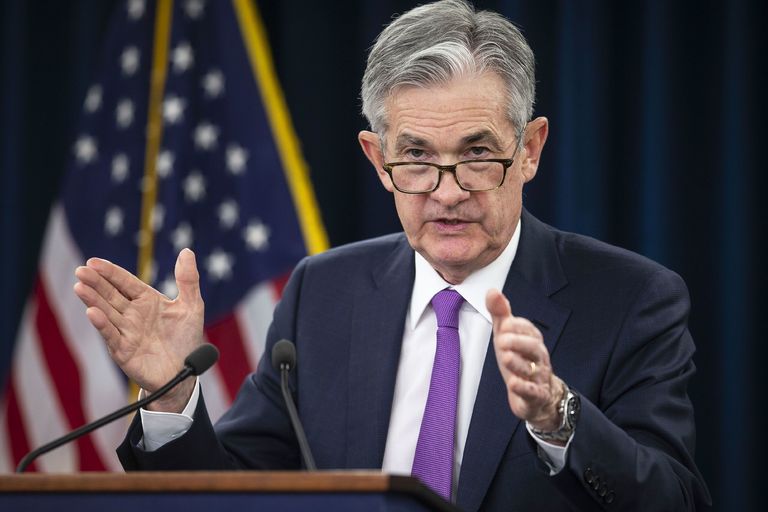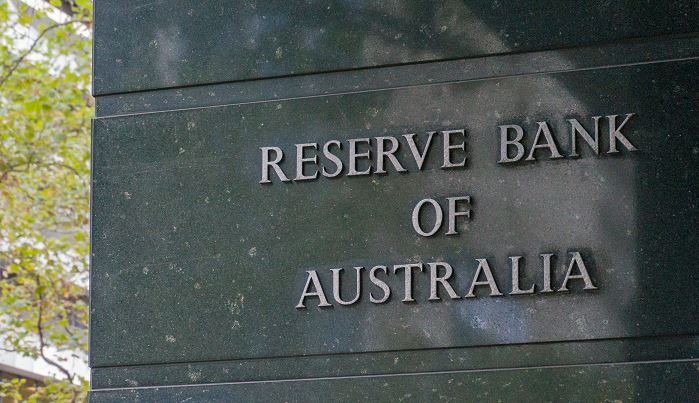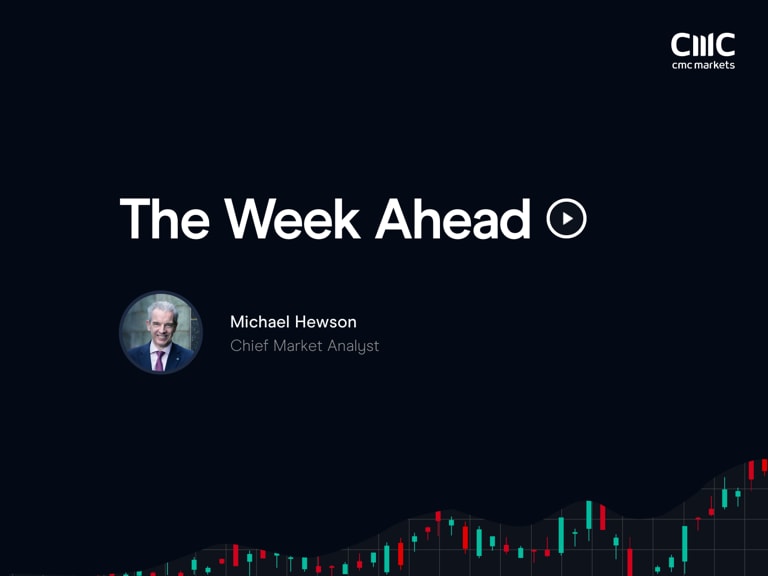The Reserve Bank of New Zealand (RBNZ)’s Q4 2-year headline inflation expectation printed at 2.96%, a big jump from the previous data at 2.27%. The NZD moved higher in response to the data, as the higher expectation in the price change strengthened the odds for RBNZ to increase the Official Cash Rate(OCR)more aggressively in the meeting due next week after the bank just had its first rate-hike of 25 basis points in the October meeting.
The NZD jumped 31 pips against USD, to 0.7016 at 3:20 pm local time, while NZD strengthened against its counterparty AUD by 23 pips, to 0.9674.
The inflation expectation is the survey conducted by RBNZ to assess businesses’ expectations for the change in the price of goods and services annually for the next 2 years. Previously, the data was at 2.27%, and the NZ third-quarter CPI was reported at 4.9% YoY, the highest since 2011. Therefore, the data projected an even higher price increase in the fourth quarter.
In the real world, New Zealand banks have reacted far ahead of RBNZ, with mortgage rates up by around 1.5% on average over the last two months. The pace of rising rates is expected to accelerate for the rest of the year.
New Zealand is facing the same issues that other major economies are experiencing, with global supply chain woes and a shortage of skilled workers are driving inflation higher. However, the labor markets are on a smooth path to recover from the pandemic. The adjusted unemployment rate fell to 3.4 % in the third quarter, and GDP growth is improving. It is all pointing to high expectations that the RBNZ will increase the interest rate again at its next meeting.
So what might be the potential impact on the New Zealand dollar should the RBNZ decide to raise the OCR?
Two scenarios might be possible: If the Reserve Bank does increase the OCR by 50 points to lift the rate to 1%, the NZD could strengthen against the US dollar. The other scenario is that a 25-point hike could press on the Kiwi dollar to return to the downtrend.






